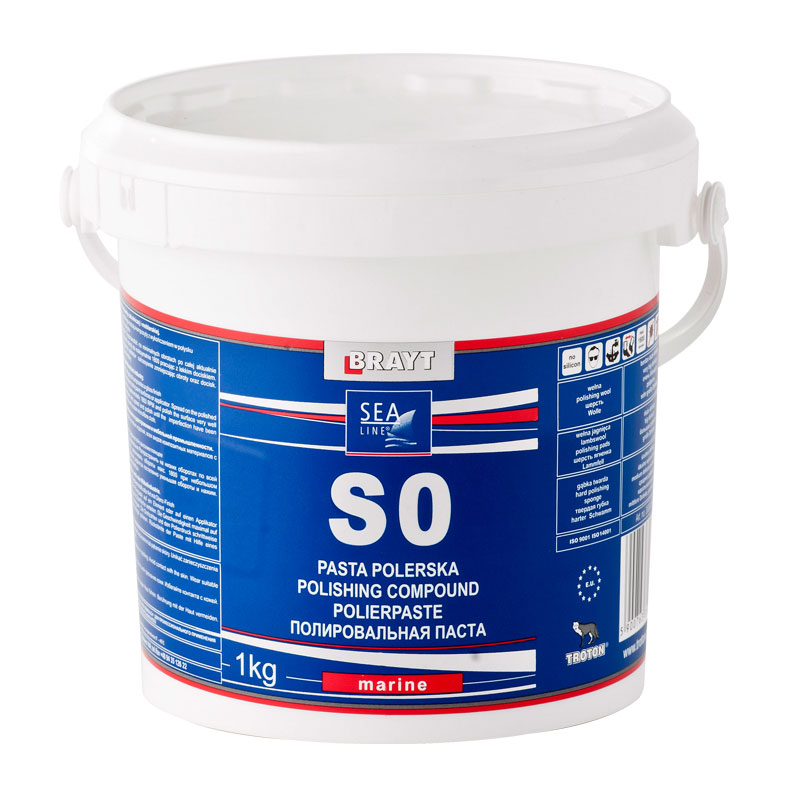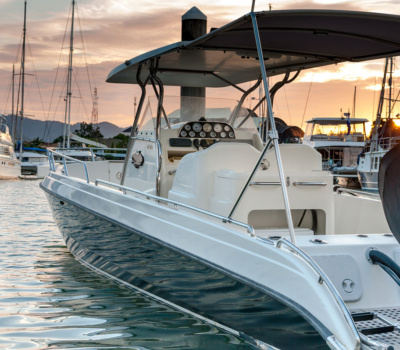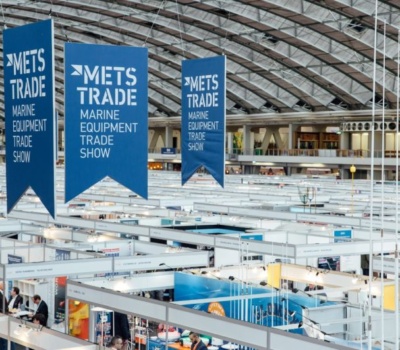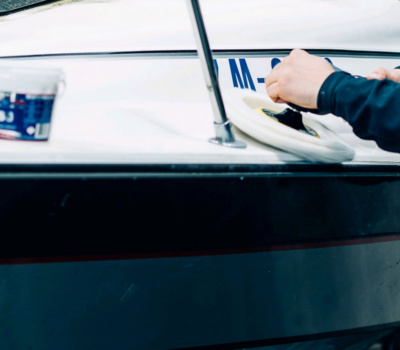New in offer product S0 – Brayt Sea-Line is polishing paste designed for professionals – companies producing molds and products where the outer layer of the gel coat or industrial topcoat with a high degree of hardness.
S0 removes defects after sanding grit sandpaper even P800 (depending on the hardness of the surface).
Pasta machine is designed to work. Machining maximum speed of 1800 RPM.

Brayt S0 cooperating with wool applicators, and made of hard sponges. We get a surface gloss.
Pastes BRAYT Sea-Line does not contain silicones or fillers which mask features temporarily. Due to such pastes BRAYT Sea-Line is stable and does not go away after wiping the surface with acetone;)
Package 1kg.

We are expanding our offer by introducing two new products that will provide boat enthusiasts

Come and join us at METSTRADE 2023, METSTRADE the best event for marine industry professionals,

Visit us and our production plant without traveling

New in the 2023 season is a new polishing wool The new black and white
If the scratches are not deep, then we can renew the scratched side by polishing with Sea-Line polishing pastes. Above the waterline, when the scratches are not deep, the surface can be repaired with a DRY FAST gel coat filler. Deep scratches should be filled with epoxy filler (selected depending on the requirements of the scratched surface), painted with a primer and then painted with topcoat.